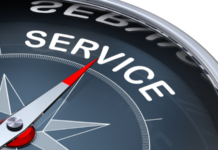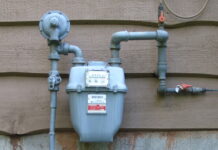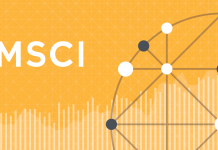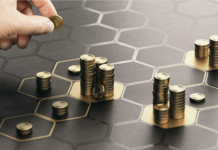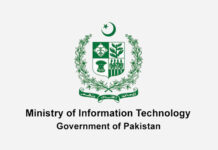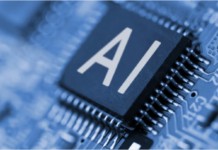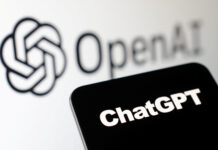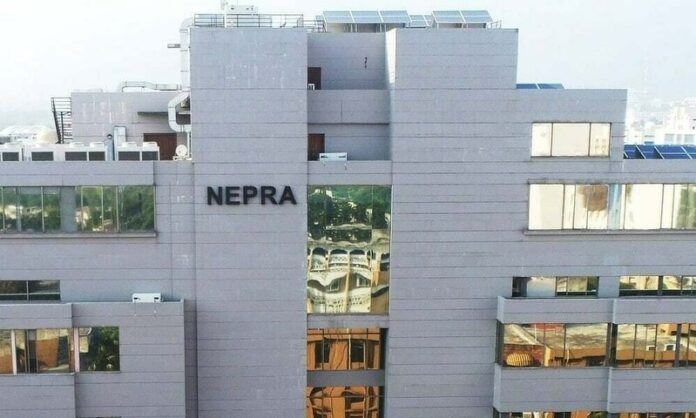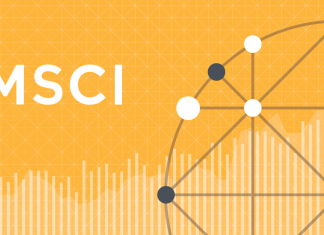The National Electric Power Regulatory Authority (Nepra) has raised concerns over the installation of four million Advanced Metering Infrastructure (AMI) units by power distribution companies without seeking prior approval, The Express Tribune reported.
During a public hearing on Wednesday, the regulator noted that the advanced metering project required Nepra’s approval under a multibillion-rupee investment plan but found that electricity firms had already begun installations on the directive of the Ministry of Energy (Power Division).
Nepra directed the distribution companies to present a comprehensive investment plan, highlighting that AMI meters cost about Rs20,000 each compared to Rs5,000 for conventional static meters, making it a high-value project requiring regulatory clearance.
The regulator also pointed out that the companies would need significant investment in grid infrastructure to support the AMI system.
The observations were made during the hearing of a multi-year tariff petition filed by the Quetta Electric Supply Company (Qesco) for FY2025-26 to FY2029-30. Qesco reported improved bill recoveries, rising from 30% to 60% after shifting agricultural tube wells in Balochistan to solar power, and said efforts were underway to enhance collections from domestic users.
Nepra also questioned pending applications for new electricity connections, to which company officials assured resolution by next month.
Meanwhile, the CEO of Hyderabad Electric Supply Company (Hesco) proposed introducing fixed network usage charges based on sanctioned load or export capacity and suggested transitioning to a gross metering system to avoid cross-subsidies. He argued that under such a framework, both DISCOs and solar net-metering consumers could set independent tariffs without exchanging electricity units.
The regulator also expressed concern over Hesco’s high rate of electrical accidents and defective meters, instructing the company to submit internal inquiry and compliance reports.
Nepra further noted that Hesco billed over Rs7 billion in deduction charges but recovered only 1.8%, seeking an explanation for the poor recovery performance.


